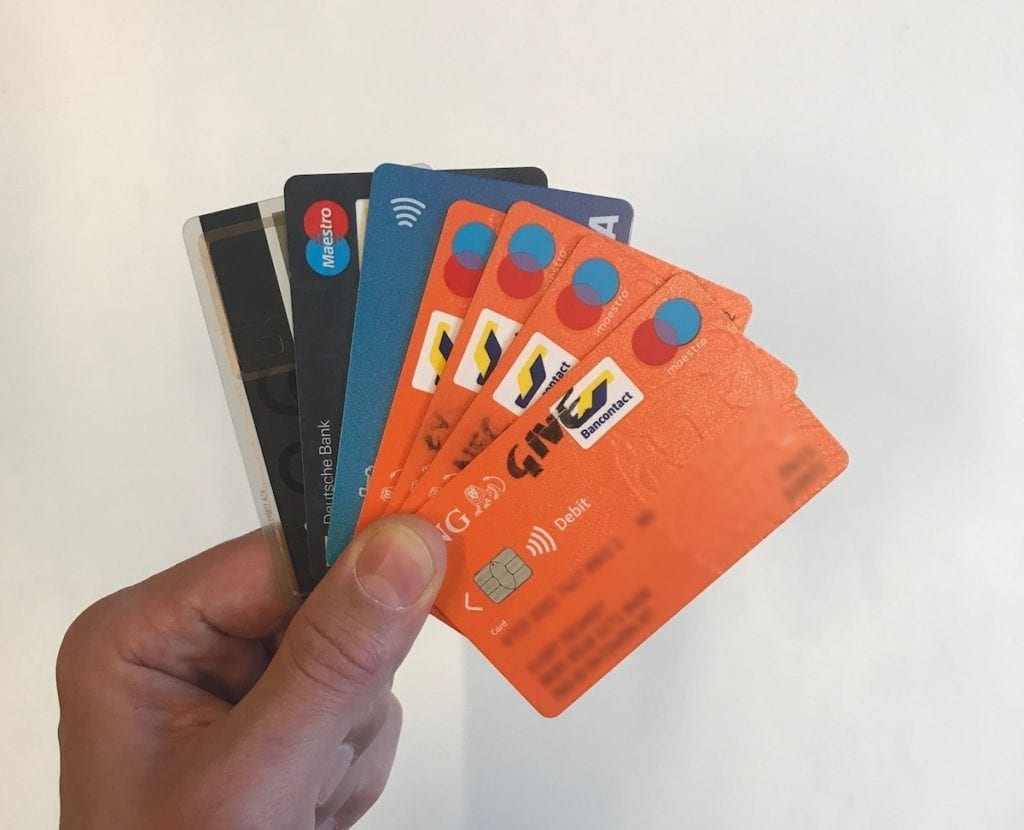Businesses are faced with enormous pressure to deliver projects quickly. This is why our innovation consultants meet with resistance when they want to invest more time in learning about customer problems during a Design Thinking program. The argument is that there’s already enough market research to base the project on. However, unlike user research, market research only confirms status quo business thinking: jumping straight from problems to solutions.
To be able to serve customers better, and to design better products, companies have to understand the root causes and context of a customer’s struggles. Then, they must go beyond them to discover their needs and desires. If they don’t, companies risk coming up with a solution that only scratches the surface, (aka. a flop). This is why companies need to do fieldwork. This is often overlooked in the interest of saving time, but the examples below prove why all parts of the customer journey matters, not just interviews. Through the examples below, we will show you why the ethnographic research techniques of observation and immersion are so important.
When interviews aren't enough.

Example 1
Finding a communications solution for busy receptionists
One of our innovation consultants once did an interview with a switchboard operator about her day-to-day work. She reported that everything was going fine and couldn’t think of any room for improvement. However, when meeting with her in person, the consultant noticed that there were 3 mobile phones lying on the table next to the fixed telephone line she was supposed to be using. When asked about them, she said she needed the 3 phones to get in touch with multiple middlemen because it was faster than using the transit codes through the fixed line. She had created her own workaround to do her job more efficiently. Had our colleague not been there, this insight would not have been discovered.
Example 2
Investigating the banking habits of customers on a budget

Example 3
Discovering ways to improve medication for the elderly
Ways your customers will surprise you.
When the only way to know it, is to live it.
Example 1
How do children experience airports?
Example 2
What does it feel like to have rheumatoid arthritis?
Example 3
How does homelessness affect job searching?
To learn more about homelessness, a team of designers decided to beg on the street and experience what it is like to be homeless. One of the designers reported that having been looked down upon and ignored by people, in one hour, they found their self worth melting like snow. They said it made it easier to empathize how difficult it must be to look for employment in those conditions. This empathy insight made the designer to understand the importance of self-esteem in job searching. A large part of the barrier to employment was not believing in yourself anymore, or that others would give you a chance.
We hope you can now see why it is important not to rely solely on empathy interviews, especially when they don’t take the daily context of customers into account. The power of the various customer research techniques lies in finding complementary channels to discover insights you wouldn’t have otherwise found through the other means.
Please contact us to learn more about how our Design Thinking programs can help you go beyond simple market research. We want you to discover the most valuable information about your customers so you can design the best solution to their problems. Here’s a case example of how it worked for TD bank.


